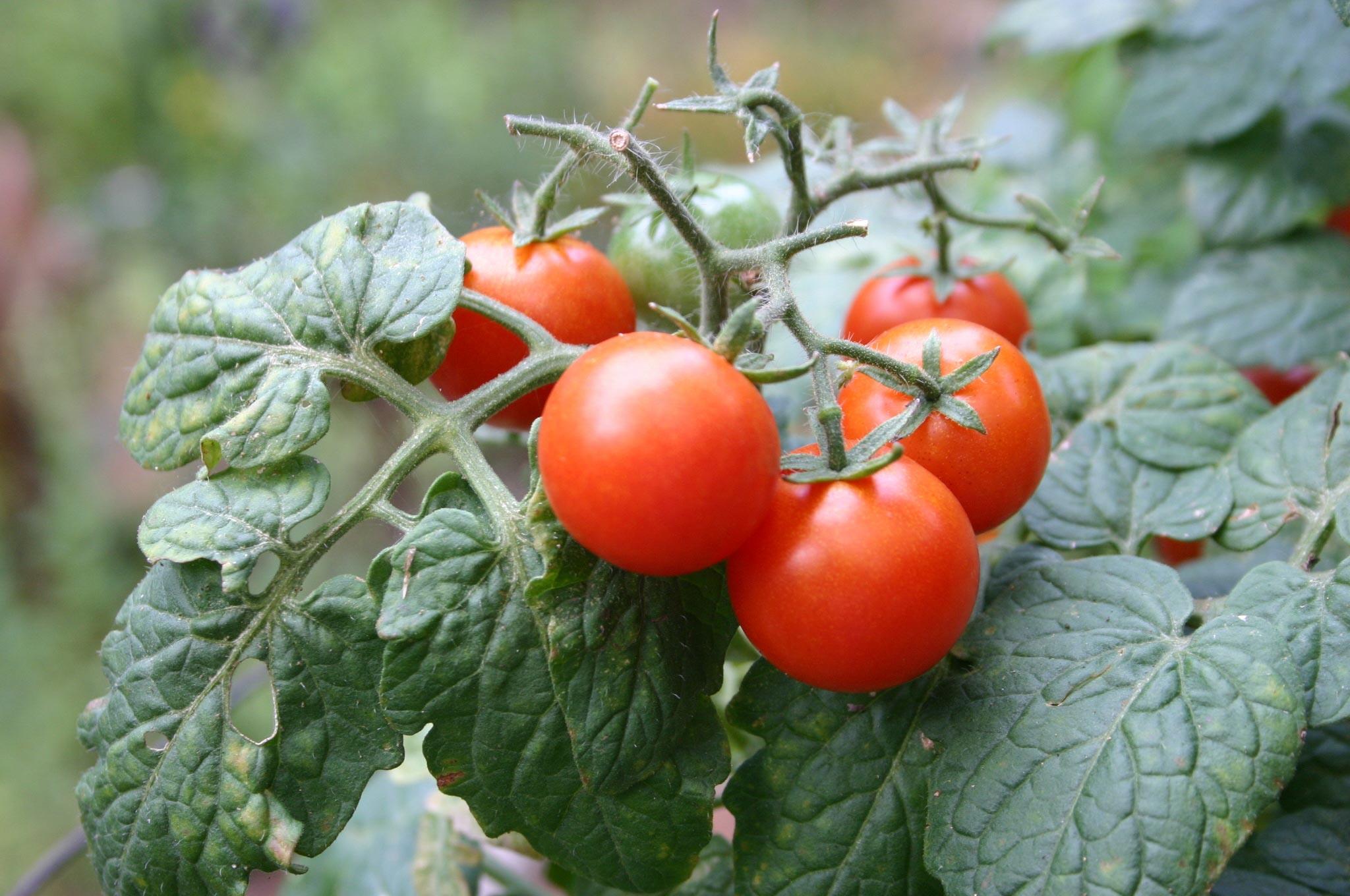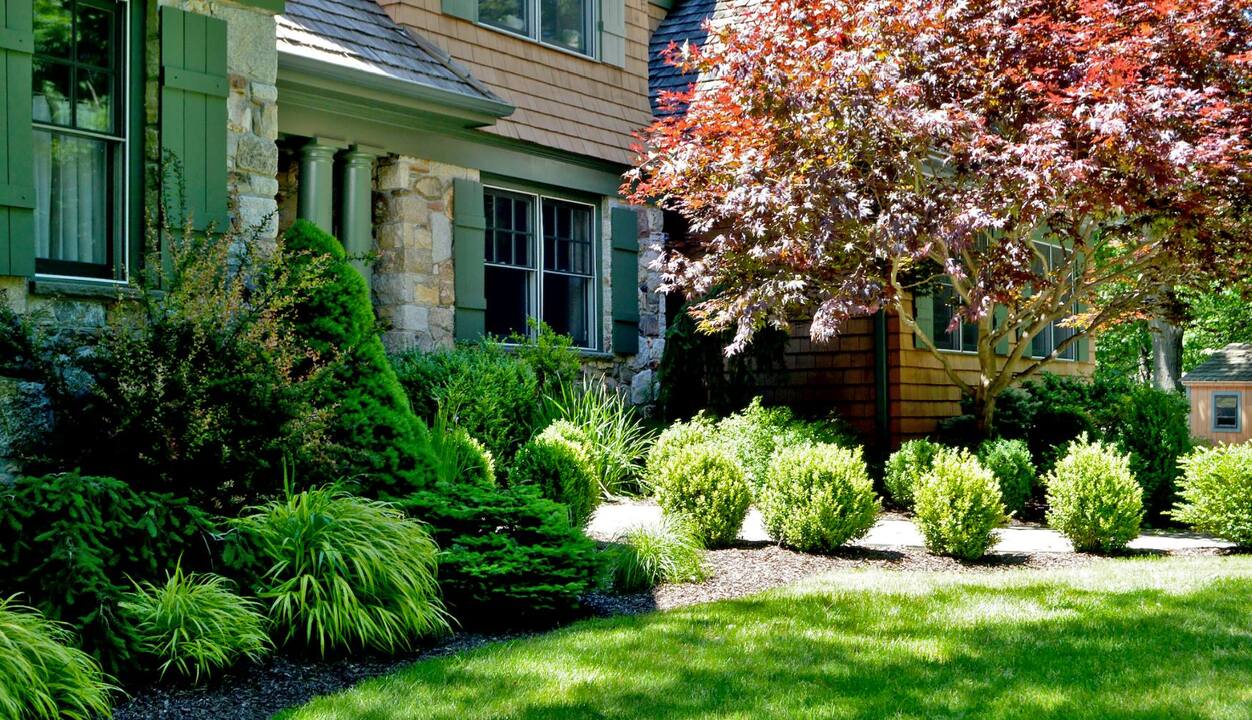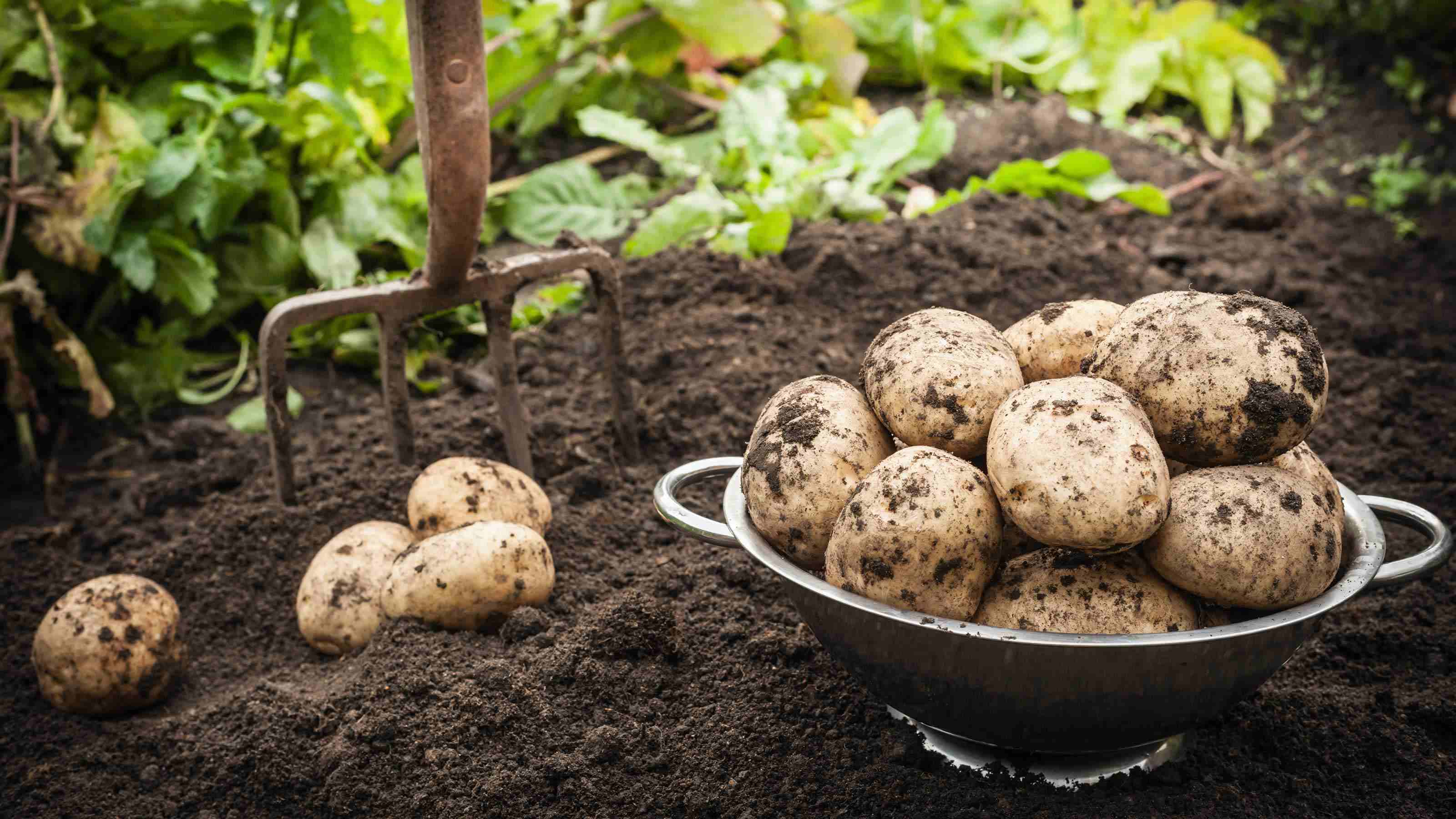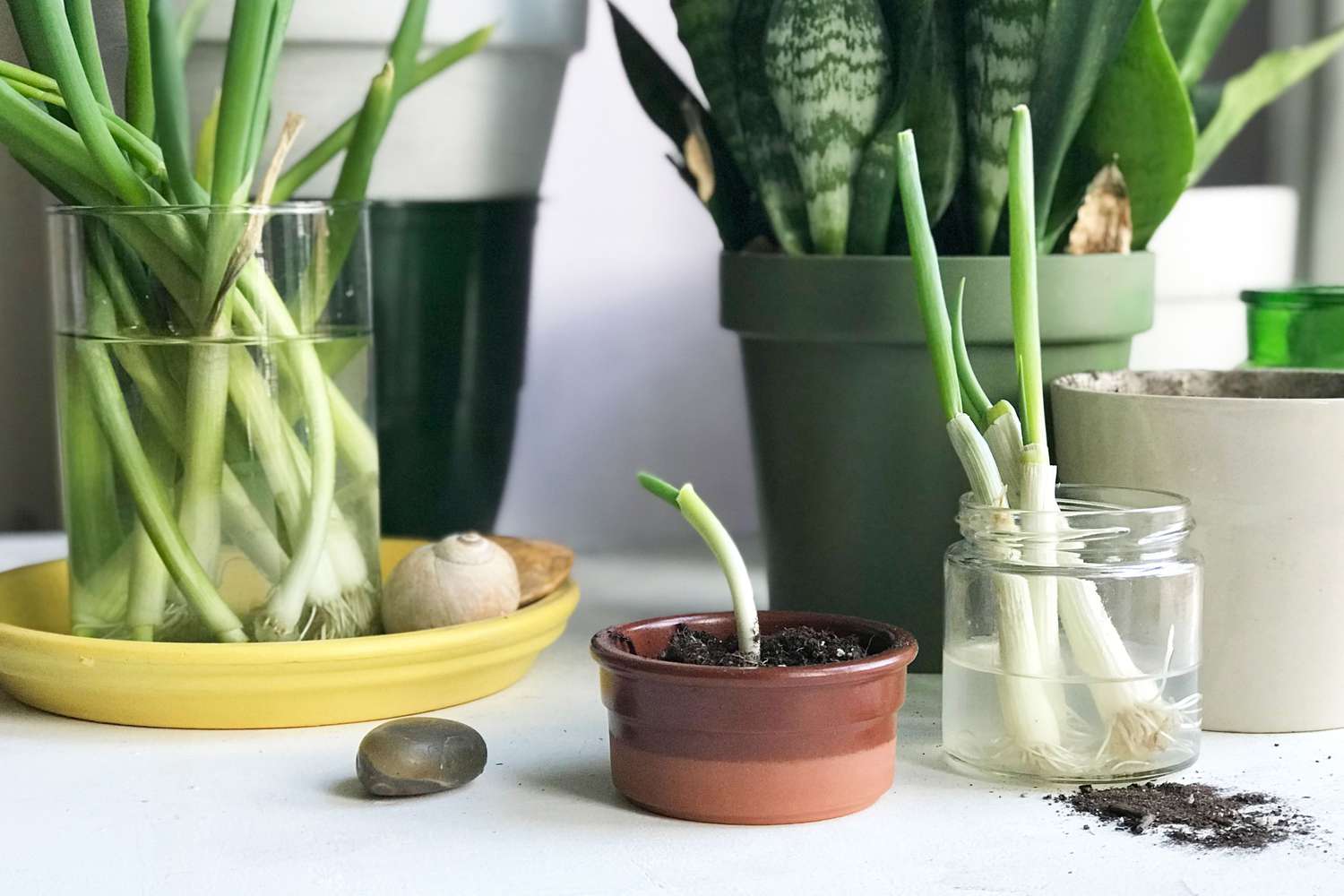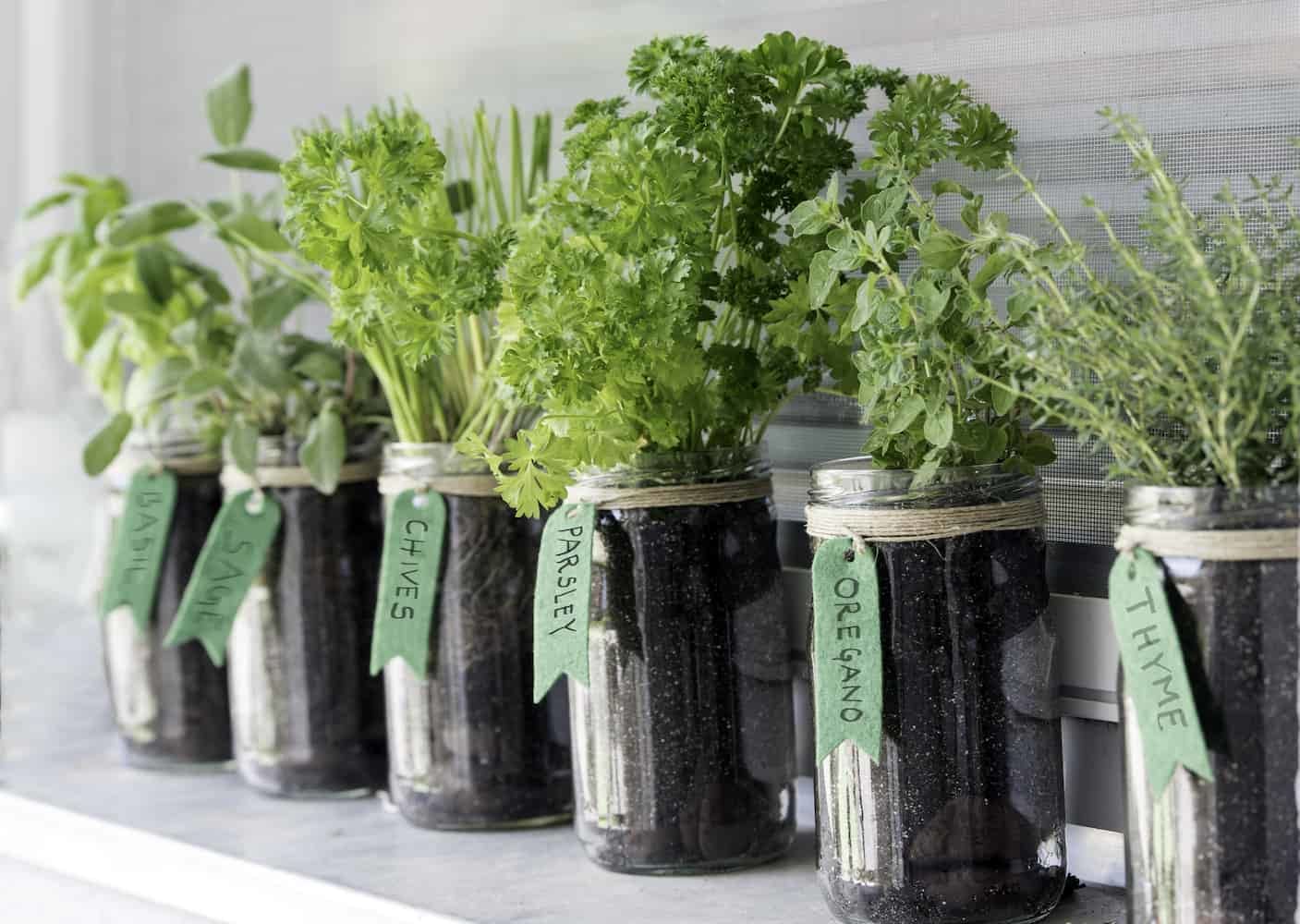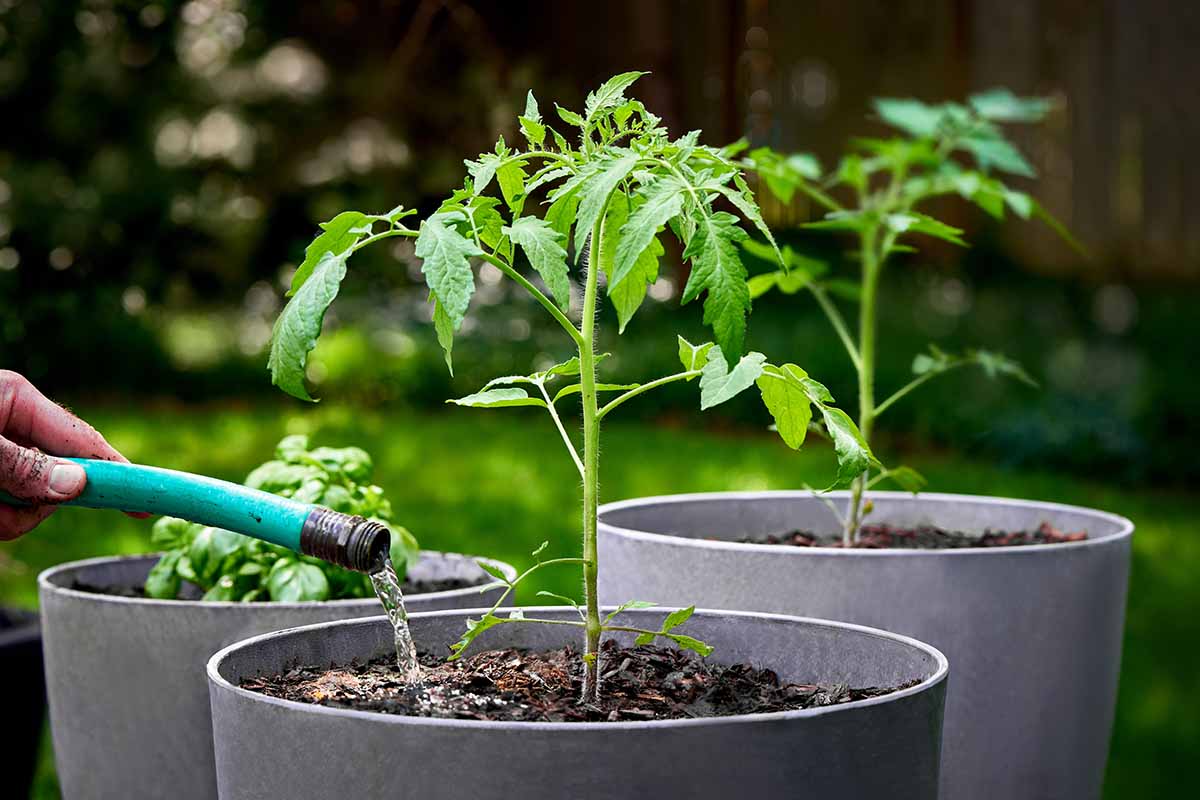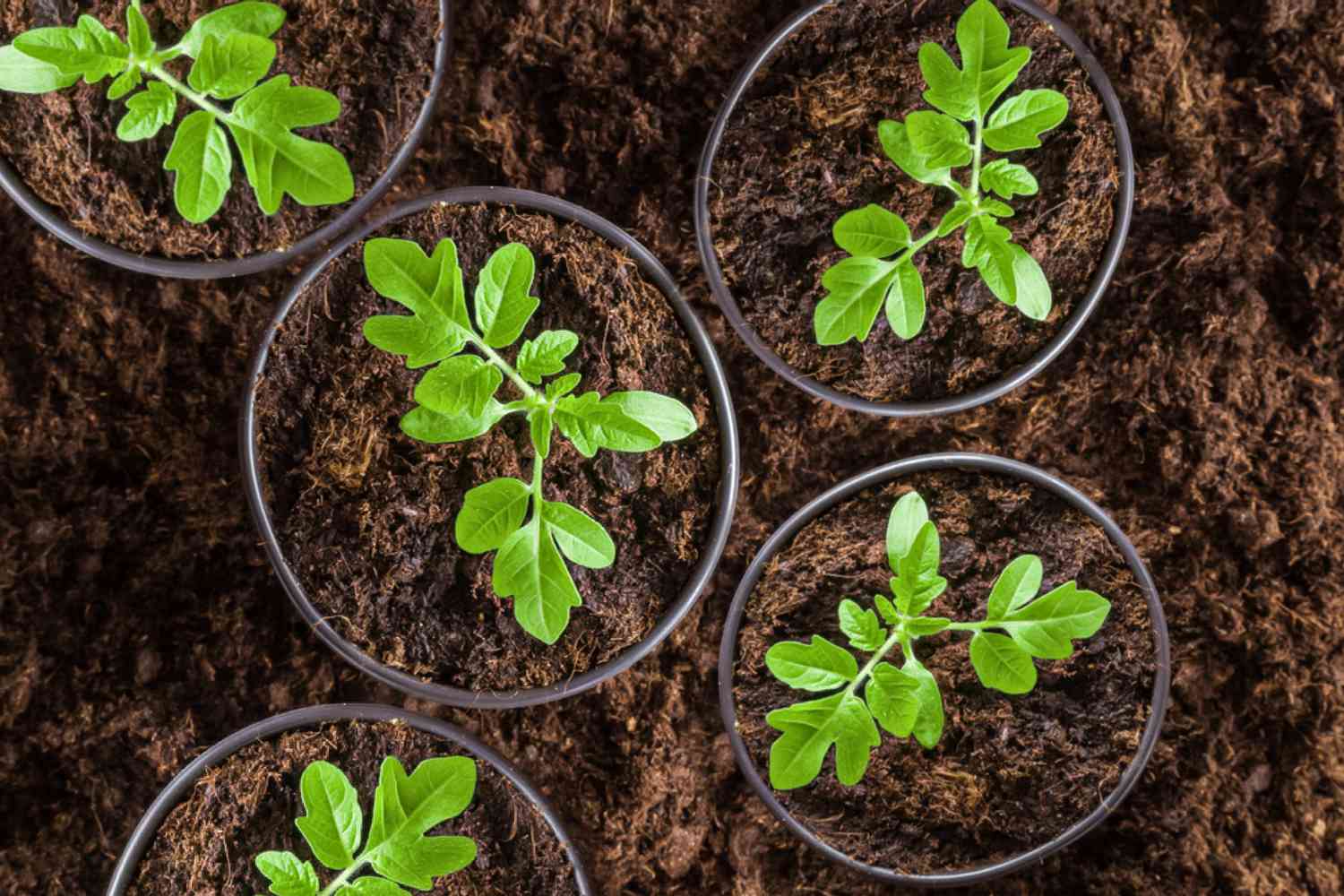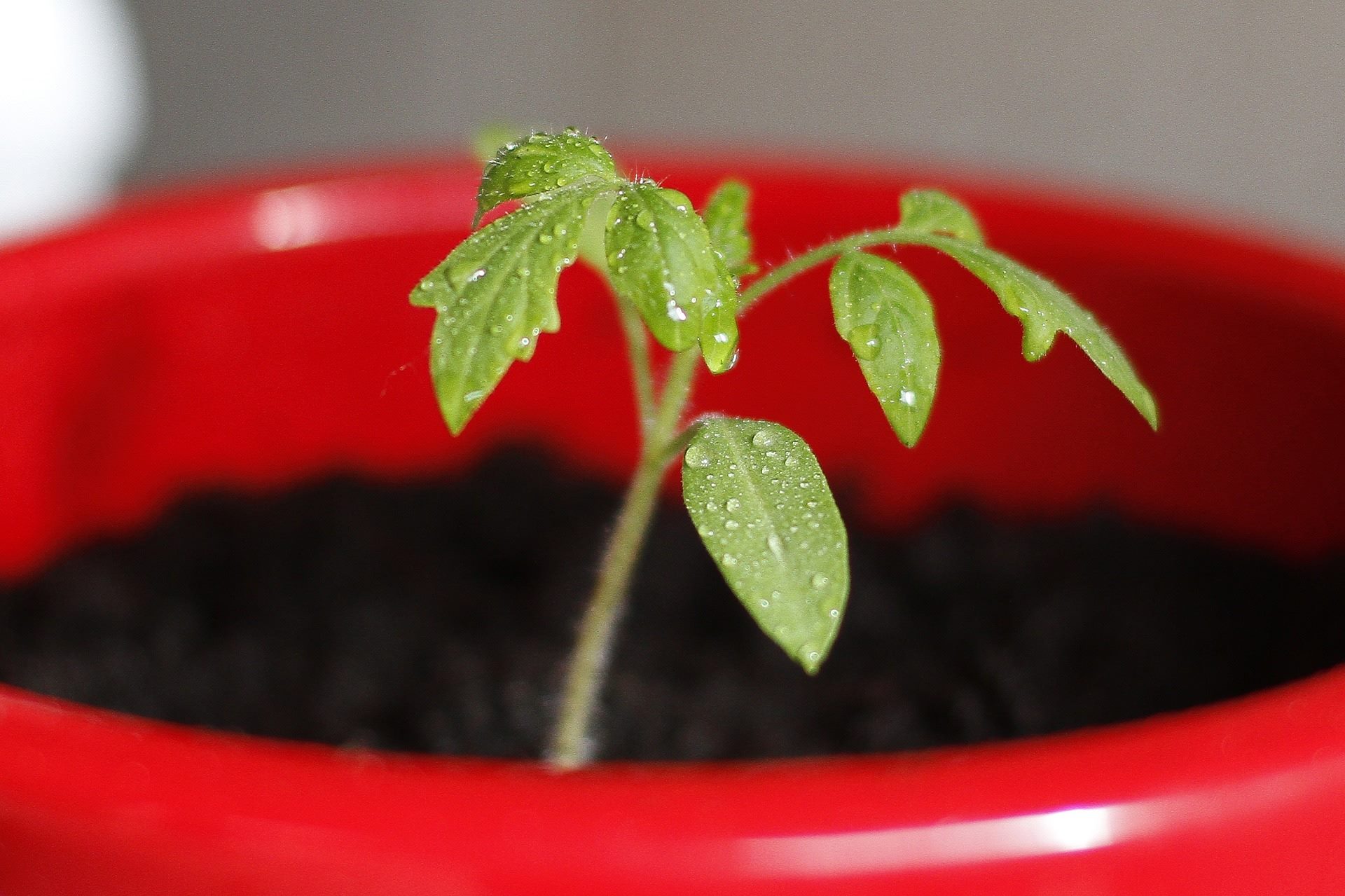Home>Types of Gardening>Edible Gardening>How Far Apart Should Tomatoes Be Planted
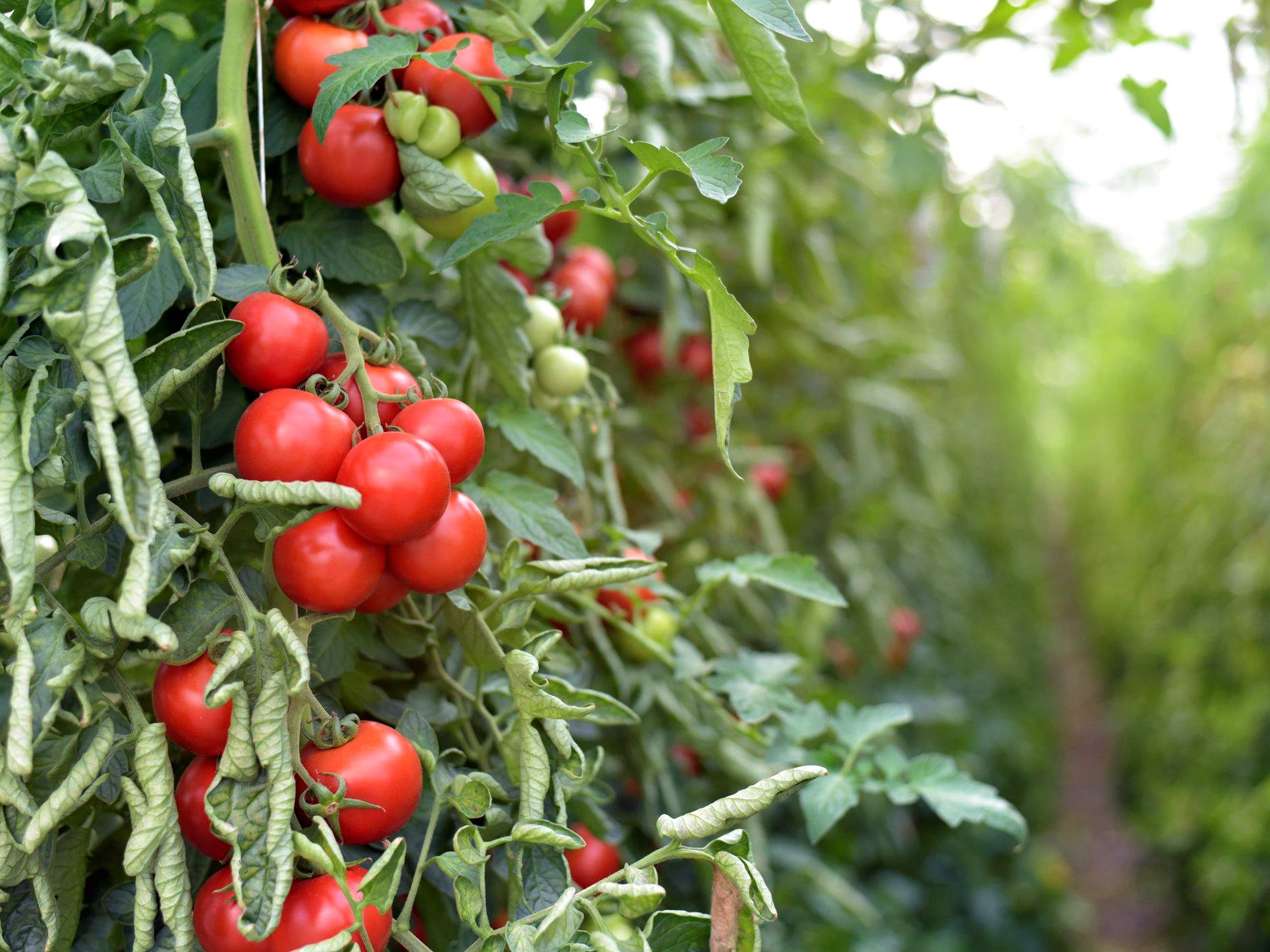

Edible Gardening
How Far Apart Should Tomatoes Be Planted
Modified: January 22, 2024
Learn the best techniques for spacing tomato plants and optimizing your edible gardening space with our comprehensive guide on how far apart to plant tomatoes.
(Many of the links in this article redirect to a specific reviewed product. Your purchase of these products through affiliate links helps to generate commission for Chicagolandgardening.com, at no extra cost. Learn more)
Table of Contents
Introduction
Edible gardening is a rewarding and fulfilling hobby for many people. One particular vegetable that is a staple in edible gardens is the tomato. Known for its juicy and flavorful fruits, tomatoes are versatile and can be used in a variety of dishes. Whether you are a seasoned gardener or a beginner, knowing the proper spacing for planting tomatoes is crucial for their overall growth and productivity.
When it comes to planting tomatoes, it’s not just about popping them into the ground and hoping for the best. There are several factors that need to be considered, such as the variety of tomato, the size and growth habit of the plant, and the available space in your garden. By taking these factors into account, you can ensure that your tomato plants have enough room to flourish and produce an abundant harvest.
Proper spacing is essential for a number of reasons. Firstly, it allows the tomato plants to receive adequate sunlight, water, and nutrients from the soil. This ensures healthy growth and reduces the risk of diseases and pests. Secondly, adequate spacing allows for good air circulation around the plants, minimizing the chances of fungal infections. Lastly, proper spacing prevents overcrowding, which can lead to stunted growth, lower yields, and difficulty in harvesting.
In this article, we will explore the ideal spacing for tomato plants and provide recommendations for different tomato varieties. We will also share some tips for planting tomatoes at the right distance apart and discuss the concept of companion planting with tomatoes. So, let’s dive in and discover how to maximize the potential of your tomato plants!
Factors to Consider when Planting Tomatoes
When it comes to planting tomatoes, there are several important factors to consider in order to ensure successful growth and a bountiful harvest. Let’s take a closer look at these factors:
1. Tomato Variety: Different tomato varieties have varying growth habits and sizes. Determinate varieties tend to be more compact and bush-like, while indeterminate varieties are known for their sprawling vine-like growth. Consider the mature size and growth habit of the tomato variety you are planting, as this will determine the amount of space it requires.
2. Space Availability: Assess the available space in your garden or container. Take into account the width and depth required by each tomato plant. This will ensure that you allocate enough space for each plant to spread its roots and branches comfortably.
3. Soil Quality and Nutrients: Tomatoes thrive in well-draining soil that is rich in organic matter and nutrients. Before planting, prepare the soil by incorporating compost or well-rotted manure. This will provide the necessary nutrients for the plants’ growth and development.
4. Sunlight Exposure: Tomatoes are sun-loving plants and require a minimum of 6-8 hours of direct sunlight each day. Take note of the sunlight patterns in your garden and choose a location where the tomato plants will receive ample sunlight. Planting tomatoes too close to each other can result in shading and limited sunlight exposure, leading to poor growth and yields.
5. Watering and Drainage: Tomatoes require consistent watering to keep the soil evenly moist. Adequate drainage is also essential to prevent waterlogged soil, which can lead to root rot. Ensure that the planting area has proper drainage to avoid waterlogging issues.
6. Pest and Disease Control: Planting tomatoes too close together can facilitate the spread of pests and diseases. Adequate spacing allows for better air circulation, which helps prevent the build-up of moisture and reduces the risk of fungal infections. It also makes it easier to monitor and control pests that may infest the plants.
By considering these factors when planting tomatoes, you can set the stage for healthy and productive plants. Now that we’ve covered the important factors, let’s explore the ideal spacing for tomato plants to ensure their optimal growth.
Ideal Spacing for Tomato Plants
The ideal spacing for tomato plants depends on several factors, including the variety, growth habit, and available space. The recommended spacing provides enough room for each plant to grow and ensures proper airflow and sunlight exposure. Let’s delve into the specifics:
1. Determinate Varieties: Determinate tomato varieties, which grow to a predetermined height and stop growing once they set fruit, typically require less space compared to indeterminate varieties. It is recommended to space determinate tomato plants around 2-3 feet (60-90 cm) apart. This spacing allows for sufficient airflow and easy access for maintenance and harvesting.
2. Indeterminate Varieties: Indeterminate tomato varieties, which continue to grow and produce fruit throughout the season, require more space due to their vigorous growth habit. For indeterminate varieties, it is advised to space the plants at least 3-4 feet (90-120 cm) apart. This wider spacing provides ample room for the plants to spread their branches and ensures adequate airflow and light penetration.
3. Container Gardening: If you are growing tomatoes in containers, the spacing requirements may vary depending on the size of the container. A general guideline is to plant one determinate tomato plant per 10-12 inch (25-30 cm) pot, or one indeterminate tomato plant per 18-24 inch (45-60 cm) pot. This spacing allows the plants to have enough room for root development and proper growth.
4. Staked or Caged Plants: If you plan to stake or cage your tomato plants, the spacing can be slightly narrower compared to when plants are left to sprawl. For staked or caged plants, you can space them around 1.5-2 feet (45-60 cm) apart. The support structures provide the necessary support, keeping the plants upright and maximizing the use of garden space.
5. Row Spacing: When planting multiple rows of tomatoes, it is important to leave adequate space between the rows. A distance of 3-4 feet (90-120 cm) between rows allows for easy maneuverability and maintenance. Sufficient spacing between rows also prevents overcrowding and facilitates better air circulation.
Remember to adjust these spacing recommendations based on your specific tomato variety’s requirements and the available space in your garden. Providing ample space for your tomato plants will result in healthier plants, increased yields, and easier maintenance. Now that we know the ideal spacing for tomato plants, let’s move on to some practical tips for planting tomatoes at the right distance apart.
Spacing Recommendations for Different Tomato Varieties
Tomatoes come in various shapes, sizes, and growth habits, each with its own spacing requirements. Understanding the specific spacing recommendations for different tomato varieties can help you plan your garden layout more effectively. Here are some general guidelines for spacing different tomato varieties:
1. Cherry and Grape Tomatoes: Cherry and grape tomatoes are small-fruited varieties that are known for their abundant production. These compact plants can be spaced relatively closer together compared to larger tomato varieties. It is recommended to space cherry and grape tomatoes around 1.5-2 feet (45-60 cm) apart.
2. Beefsteak and Heirloom Tomatoes: Beefsteak and heirloom tomatoes are larger-sized and require more space to grow and spread. These varieties generally have indeterminate growth habits, so they continue to grow throughout the season. It is advised to give them a wider spacing of 3-4 feet (90-120 cm) apart to allow for their vigorous growth and ample room for their sprawling branches.
3. Patio and Dwarf Tomatoes: Patio and dwarf tomato varieties are specifically bred for growing in containers or small spaces. These compact varieties have determinate growth habits and tend to stay more compact in size. You can space patio and dwarf tomatoes around 1-2 feet (30-60 cm) apart in the garden or plant one per smaller-sized container.
4. Plum or Paste Tomatoes: Plum or paste tomatoes are oval or cylindrical-shaped tomatoes that are commonly used for making sauces and canning. These varieties generally have determinate growth habits. It is recommended to space plum or paste tomatoes around 2-3 feet (60-90 cm) apart to allow for good airflow and easy maintenance.
5. Salad or Slicing Tomatoes: Salad or slicing tomatoes are medium-sized varieties that are perfect for serving fresh in salads and sandwiches. They usually have a balance between compactness and vine-like growth. It is ideal to space salad or slicing tomatoes around 2-3 feet (60-90 cm) apart to provide them with adequate space to grow and produce.
Remember, these spacing recommendations are guidelines, and you can adjust them based on the specific variety’s growth habit, your garden’s space availability, and your personal preferences. Providing enough space between different tomato varieties allows each plant to thrive and ensures optimal growth, airflow, and sunlight exposure. Now that we have discussed the spacing recommendations for different tomato varieties, let’s move on to some helpful tips for planting tomatoes at the right distance apart.
Tips for Planting Tomatoes at the Right Distance Apart
Properly spacing tomatoes is crucial for their growth and overall productivity. To ensure that you plant tomatoes at the right distance apart, consider the following tips:
1. Follow Spacing Recommendations: Refer to the spacing recommendations for the specific tomato variety you are planting. These guidelines provide the optimal distance to allow for healthy growth and airflow.
2. Measure and Mark: Before planting, use a measuring tool, such as a ruler or tape measure, to mark the spacing between each tomato plant. This ensures accuracy and consistency throughout your garden.
3. Pre-dig Planting Holes: Instead of planting directly into the ground, pre-dig planting holes according to the desired spacing. This allows you to visualize the layout and make adjustments before actually planting the tomatoes.
4. Consider Tomato Supports: If you plan to stake or cage your tomato plants, take into account the additional space required for the supports. Space the plants accordingly, keeping in mind both the plant’s size and the support structure.
5. Optimize Garden Space: To maximize your garden space, consider interplanting companion plants, such as herbs, lettuce, or marigolds, between tomato plants. These plants can help deter pests, enhance pollination, and make the most efficient use of the available garden area.
6. Regular Maintenance: As your tomato plants grow, regularly monitor and prune them to maintain the recommended spacing. Remove any suckers or branches that may overcrowd neighboring plants and impede airflow.
7. Trellis or Train Vines: If you have limited space, consider trellising or training your tomato vines vertically. This technique allows you to grow more plants in a smaller area while still providing adequate spacing between them.
8. Water and Fertilize Appropriately: Adequate watering and fertilization are essential for the healthy growth of tomatoes. Proper spacing allows for efficient water and nutrient absorption by the plants, ensuring they receive the necessary resources for optimal development.
9. Monitor for Pests and Diseases: By allowing sufficient spacing between tomato plants, you reduce the risk of pests and diseases spreading easily from plant to plant. Regularly inspect your plants for signs of infestations or diseases and take appropriate measures for prevention or treatment.
By following these tips, you can ensure that your tomato plants are planted at the right distance apart, promoting healthy growth, optimal airflow, and maximum productivity. Now, let’s move on to the concept of companion planting with tomatoes.
Companion Planting with Tomatoes
Companion planting is the practice of strategically planting different plants together to enhance their growth, health, and pest management. When it comes to tomatoes, there are several companion plants that can benefit them. Let’s explore some popular companions for tomatoes:
1. Basil: Basil is a classic companion plant for tomatoes. It repels pests like aphids, mosquitoes, and flies, and its aromatic foliage can enhance the flavor of tomatoes when grown together. Plant basil near your tomatoes to deter pests and enjoy their flavorful combination.
2. Marigold: Marigolds are known for their pest-repellent properties. They can help deter nematodes and pests like aphids and whiteflies, reducing the risk of infestations on your tomato plants. Plant marigolds around your tomatoes to create a natural barrier against pests.
3. Nasturtium: Nasturtiums are not only beautiful, but they also act as a trap for pests such as aphids and whiteflies. By attracting these pests away from your tomatoes, nasturtiums help protect your tomato plants from damage. They also add a pop of color to your garden.
4. Parsley: Parsley is a versatile herb that is known to attract beneficial insects such as hoverflies and parasitic wasps. These beneficial insects help control aphids and other harmful pests, supporting the overall health of your tomato plants. Plant parsley alongside your tomatoes to create a beneficial insect-friendly environment.
5. Garlic: Garlic acts as a natural deterrent for pests like aphids and spider mites. It also helps deter larger pests such as rabbits and deer. Plant garlic around your tomato plants or use garlic spray as a natural pest control method.
6. Borage: Borage is a companion plant that attracts pollinators like bees. When planted near tomatoes, borage can enhance pollination, leading to more abundant fruit set. Additionally, borage repels tomato hornworms, helping to protect your tomato plants from these destructive pests.
7. Chives: Chives have deterrence properties against pests like aphids and Japanese beetles. Their presence can help reduce the occurrence of these pests on your tomato plants. Plus, chives’ delicate purple flowers add beauty to your garden.
Remember to consider the growth habit and space requirements of both your tomatoes and companion plants, and ensure they are compatible in terms of light and water requirements.
Companion planting with these plants can provide a natural defense against pests, attract beneficial insects, enhance pollination, and improve the overall health and productivity of your tomato plants. Experiment with different combinations to find what works best for your garden.
With these companion planting tips, you can create a harmonious and thriving garden ecosystem alongside your tomatoes. Now let’s wrap up with a summary of the key points.
Conclusion
When it comes to successfully growing tomatoes in your edible garden, proper spacing is key. By considering factors such as tomato variety, growth habit, available space, and companion planting, you can ensure that your tomato plants have the ideal conditions for growth and productivity.
Understanding the specific spacing requirements for different tomato varieties allows you to plan your garden layout effectively. Whether you’re planting determinate or indeterminate varieties, cherries or beefsteaks, providing adequate space between plants ensures proper airflow, sunlight exposure, and access for maintenance and harvesting.
Additionally, considering companion planting can further enhance the health and productivity of your tomato plants. Planting herbs like basil and parsley, as well as flowers like marigold and borage, helps deter pests, attract beneficial insects, and improve pollination.
Remember to regularly monitor and maintain your tomato plants by pruning, watering, and fertilizing appropriately. Keep an eye out for signs of pests and diseases, and take necessary steps for prevention and control.
By implementing these practices, you can maximize the potential of your tomato plants, resulting in abundant harvests of delicious, homegrown tomatoes to enjoy in a variety of culinary creations.
So go ahead and put your edible gardening skills to work. Plant your tomatoes at the right distance apart, enjoy the benefits of companion planting, and watch your garden flourish with healthy, thriving tomato plants!
